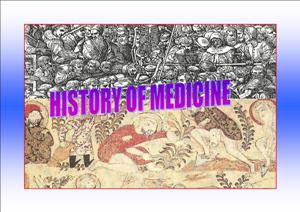Impact of food processing and storage to fat-soluble vitamins
The most significant losses of vitamins occur in raw materials during storage and as a consequence of handling, food processing and extending the shelf-life of nutritive foodstuffs.
The chemical properties of vitamins dictate the mechanism and extent of losses during processing. Fat soluble vitamins are degraded by a distinctly different set of chemical processes than water soluble vitamins.
In generally fat-soluble vitamin can be affected by physical factors (temperature, sunlight and UV light radiation, oxygen/air) chemical factors (radicals, peroxides, metal ions, Cu2+, Fe3+) and the biochemical factors (enzymes, mainly oxidases, eg.g lipoxygenase).
Fat–soluble vitamins are particularly susceptible to oxidation due to all of these factors and the process is further accelerated by the presence of oxidized fat. The fat-soluble vitamins, particularly A, D and E are sensitive to oxidation during processing and storage. The fat soluble vitamins and vitamin processes (carotenoids and tocotrienes) are destroyed by autocatalytic processes similar to these experienced by unsaturated fatty acids.
The fat-soluble vitamins are generally less heat-labile than the water soluble ones, but they are susceptible to degradation at high temperature especially in the presence of oxygen.
Certain fat-soluble (particularly vitamin A and the carotenoids) experience geometric isomerization upon thermal processing with losses of vitamin value. All the fat-soluble vitamins are lost at a varying degree during thermal processing with the exception of vitamin K.
Vitamin A has little loss during cooking but presence of acid it becomes rancid. No loss during canning and processing.
Impact of food processing and storage to fat soluble vitamins







